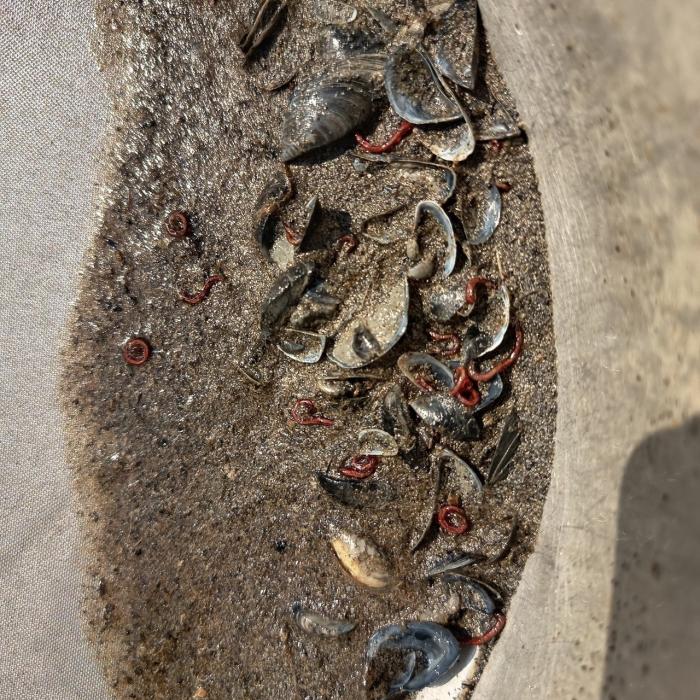In mid-August 2025, our institute, the HUN-REN Balaton Limnological Research Institute, carried out a comprehensive survey and analysis of the non- biting midge situation in Lake Balaton.
Due to higher-than-average algal concentrations and warm weather, further continuous and, in some areas, intense midge swarming is expected along the lake’s shoreline during August and September. Although the first generation of midges completed its emergence in July, the eggs they laid have developed into a large number of larvae under favorable environmental conditions. As a result of their rapid development, the swarming of this new generation has already partly begun, with the peak expected in September. Furthermore, while disruptive swarms earlier this year were concentrated mainly along the southern shore of the Siófok Basin, in the coming period the phenomenon is expected to occur over a larger area. This is because the current generation is developing in consistently large numbers across the entire lake, so in early autumn even the western shores, which have so far been spared, are likely to experience mass swarming.
Given that in some areas this year’s midge swarms have caused significant nuisance, with economic consequences for tourism, it is entirely justified to seek ways to prevent such outbreaks wherever possible. According to the HUN-REN Balaton Limnological Research Institute, this requires targeted, scientifically grounded limnological analyses and investigations.
In our view, further reduction of nutrient inputs into the lake is unavoidable. Identifying potential external loads and implementing carefully considered mitigation and regulation measures will be critical for the lake’s future. Reducing the amount of phosphorus entering Lake Balaton must be a priority, because in the context of climate change and warming, high algal production may occur even under relatively lower external phosphorus loads — and such conditions are typically accompanied by mass midge swarming.





